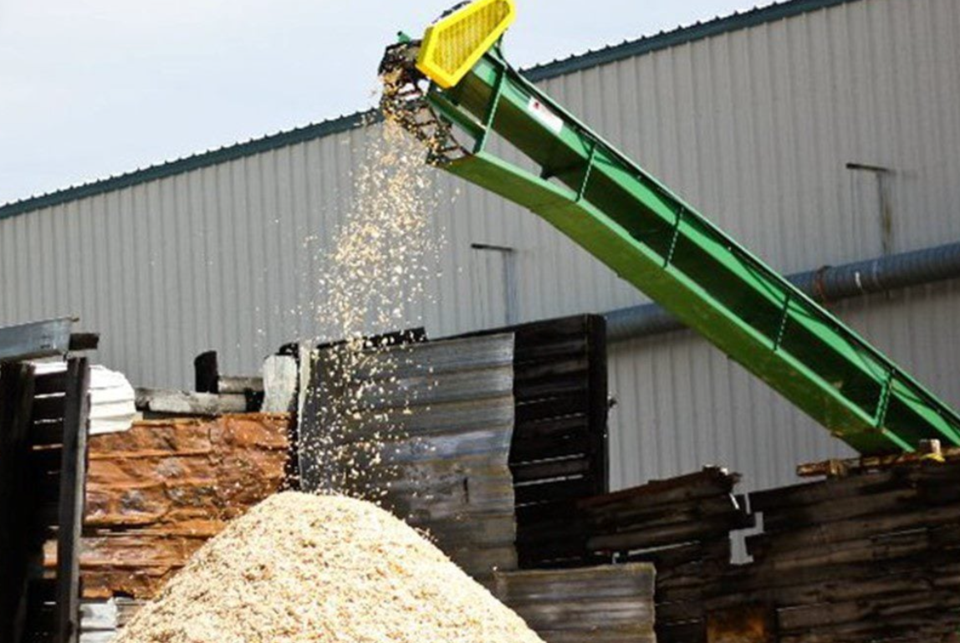Over the past seven months, there have been significant mill closures in Ontario pulp mills in Espanola and Terrace Bay, and the corrugated medium mill in Trenton. As well, the Temiscaming, Que. cellulose plant closure received significant wood from Ontario.
While these closures seem to come out of the blue, the process to close a mill starts years before when companies make conscious decisions not to reinvest.
When pulp prices fall, the decision to idle a mill becomes much easier. Restarting an idled mill, especially a neglected one, takes significant money to bring it up to an acceptable operating standard, let alone up to a modern state.
Why did Terrace Bay and Espanola pulp mills close and mills in Dryden and Thunder Bay continue to operate? The Dryden mill, which opened 1983, and the Thunder Bay mill, which opened in 1976, are not new but have been maintained and upgraded.
These two pulp mills anchor the sawmills located in Ear Falls, Atikokan, Ignace and Thunder Bay by purchasing their chips and residuals.
Since there is no longer any significant pulp production occurring east of Lake Nipigon, what is the future of the large sawmills in eastern Ontario?
These sawmills depended on pulp mills to purchase their chips and residuals. The White River Sawmill has 1,600 truckloads of chips and the Hornepayne sawmill has 1,200 on the ground with nowhere to take them. This equates to approximately 18,000 tonnes of pulp.
Sawmills will be forced to curtail production if they cannot find a home for residuals.
This ‘doom and gloom’ for the forest industry needs an aggressive action plan to bring prosperity back to pulp and paper in Ontario, especially in the northeast.
Ontario’s boreal forest contains high-quality wood fibre that produces the best northern bleach softwood kraft pulp in the world.
Northern Ontario has a strong, well trained and capable contractor infrastructure able to harvest, deliver and replant large quantities of fibre.
The impressive growth in Indigenous engagement in Northern Ontario forest business has set up a potential ESG (environmental, social and governance) opportunity. All that’s missing is a lead company willing to invest in Ontario.
We previously recommended that the Ontario government do a reset on the forest industry by seeking international advice and removing constrictive wood commitments. We go further and offer the following five point action plan:
1. Develop a strategy to modernize and diversify the forest sector, integrating it into the bioeconomy.
2. Develop specific programs that will support sector modernization and encourage investment, including tax incentives, grants and low-interest loans, infrastructure improvement, an office to help prospective investors navigate the regulatory requirements, workforce training, and research and development partnerships.
3. Appoint a team to champion Ontario and work with prospective international investors. This team would highlight Ontario’s strengths and include expertise in global marketing and communications, international business development, supply chain and logistics, and Indigenous and community relations coordination.
4. Evaluate the current state of Terrace Bay and Espanola pulp mills to determine the level of investment required to bring them up to an acceptable operating standard.
5. Reach out to First Nations, Métis and regional communities to solidify their support and participation. Coordinate with federal assistance programs.
There is hope for Ontario’s forest industry, but only if all levels of government act quickly and decisively.
Jeremy Williams, Arborvitae Environmental Services Ltd.
Bud Knauff, R J Knauff & Associates
Tom Clark, CMC Consulting
Don Huff, Eco Strategy




